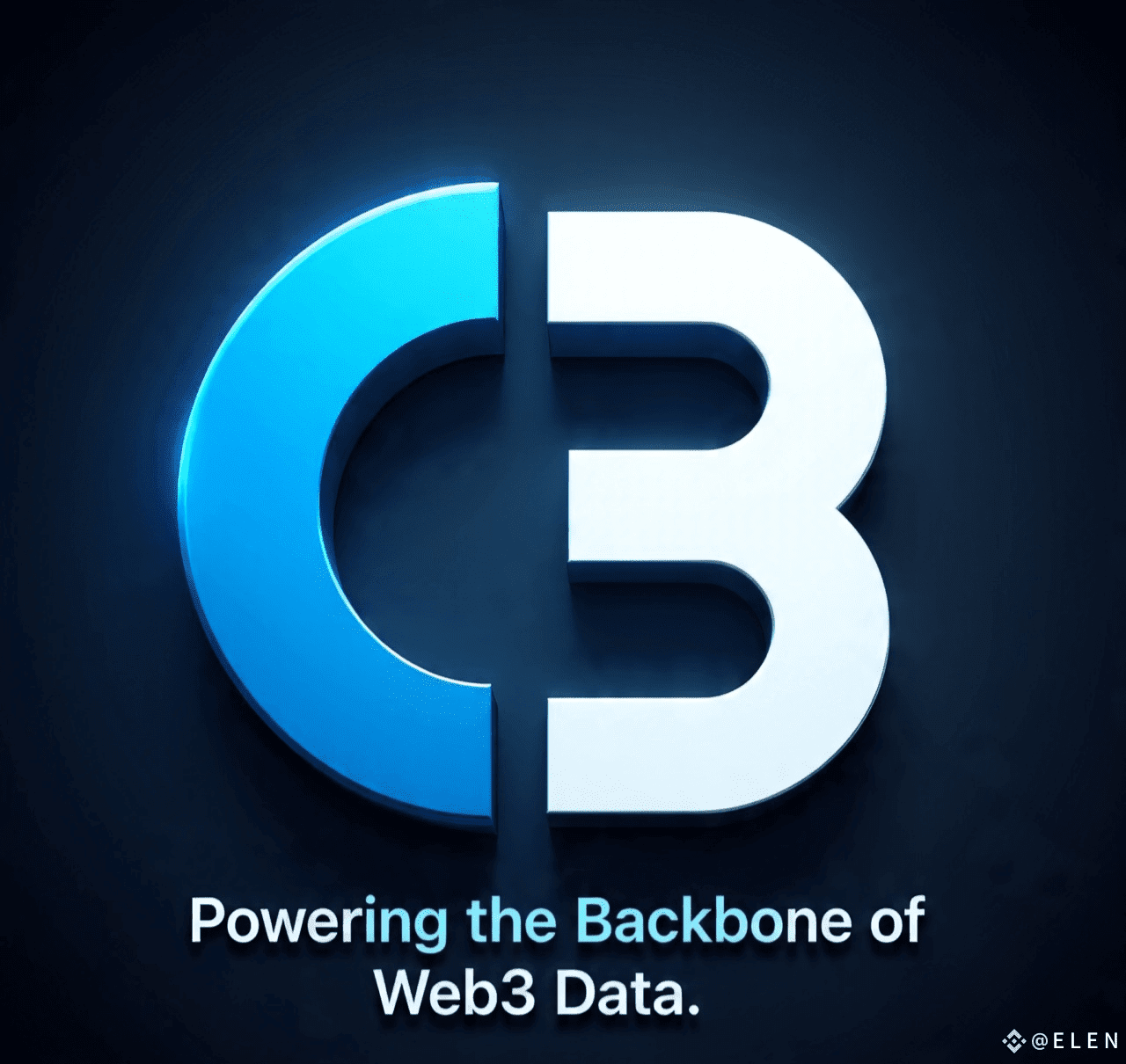
In today’s blockchain ecosystem, data is king. Projects thrive or fail based on how quickly and accurately they can access, process, and act on information. That’s where Chainbase comes in. Think of it as the invisible infrastructure layer that makes Web3 applications smarter, faster, and more reliable.
Chainbase provides on-demand, high-performance blockchain data services, enabling developers to query historical data, track wallet activity, and build analytics tools without running their own nodes. In a world where data drives decisions—from DeFi risk management to NFT trend spotting—having a robust data layer is not optional; it’s essential.
Why Chainbase Matters
Many developers face the same problem: nodes are complex to maintain, APIs are limited, and queries can be slow or unreliable. Chainbase solves this by:
Offering real-time access to blockchain data.
Providing scalable infrastructure that supports high-volume applications.
Ensuring accuracy and transparency, critical for financial and governance decisions.
By centralizing the heavy lifting for data processing while remaining trustless and decentralized at its core, Chainbase empowers projects to focus on innovation rather than infrastructure.
Real-World Impact
With Chainbase, a DeFi protocol can instantly verify token balances for rewards distribution, a blockchain game can track item ownership history in real-time, and analytics firms can produce accurate market intelligence faster than ever. The platform is quietly becoming the go-to backbone for projects that rely on clean, accessible, and verifiable blockchain data.
Chainbase is proving that infrastructure doesn’t have to be flashy to be transformative. By solving the hidden problems that developers face every day, it’s enabling the next generation of scalable, data-driven Web3 projects.



